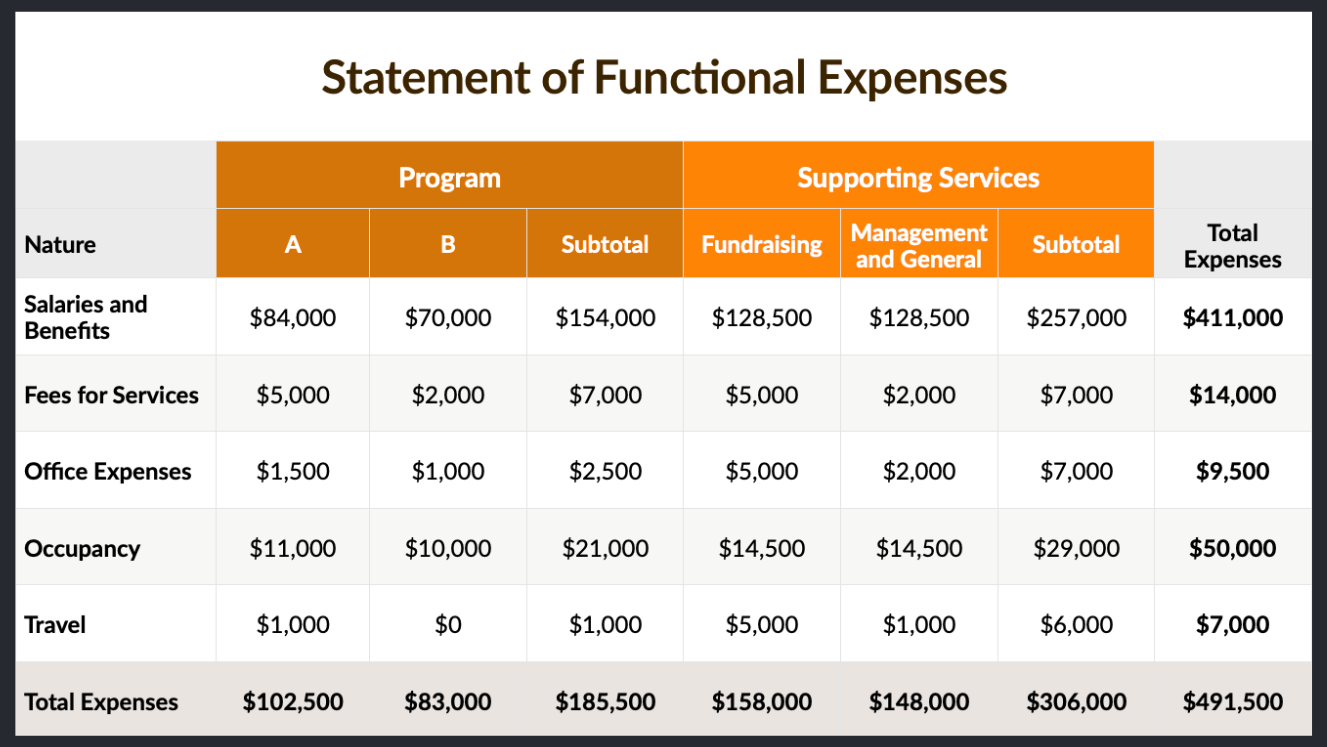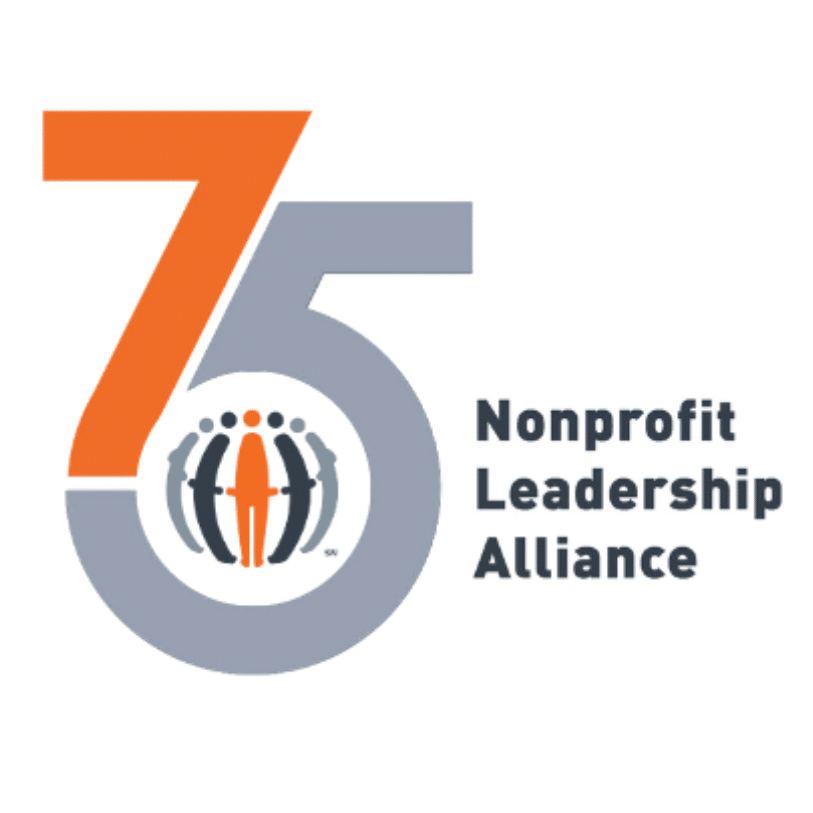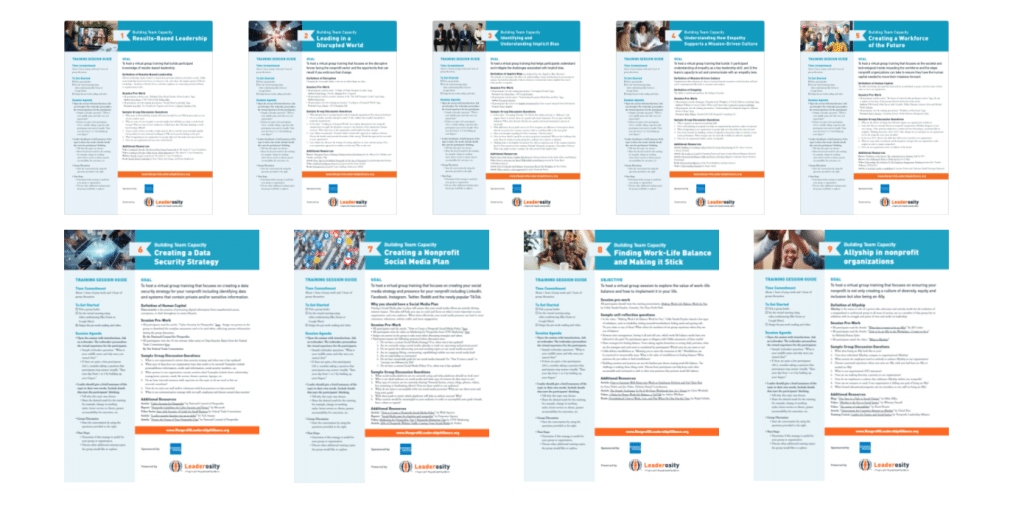How can nonprofits convince stakeholders to invest in capacity building?
Capacity building is whatever is needed to bring a nonprofit to the next level of operational, programmatic, financial, or organizational maturity, so it may more effectively and efficiently advance its mission into the future. Building team capacity is not a one-time effort to improve short-term effectiveness, but a continuous improvement strategy toward the creation of a sustainable and effective organization. It involves strengthening the organization’s structures, thereby enabling it to operate more effectively and efficiently now and in the future.
For many organizations, capacity building would fall into the “overhead” category. Unfortunately for the nonprofit sector, higher overhead costs are correlated to an organization being irresponsible with its finances, ineffective, unable to carry out its mission, and even unethical. However, when managed wisely, overhead expenses, including capacity building, are vital investments that pave the way for a nonprofit’s growth and success.
It’s essential to communicate the value of these investments to stakeholders to shift the narrative and recognize that strategic overhead spending is crucial for achieving long-term mission impact.
What is the Overhead Myth?
Overhead is defined as a “percentage of a charity’s expenses that goes to administrative and fundraising costs” (Guidestar, 2014). The Overhead Myth is created when donors believe that nonprofits should keep these overhead expenses below a certain percentage of the nonprofit’s total expenditures – usually no more than 15 to 20 percent. This arbitrary threshold is often used by donors as a measure of a nonprofit’s efficiency, with the assumption that lower overhead costs must equate to a more effective organization.
However, as Dan Pallotta highlights in his TED Talk, the overhead myth can be detrimental to nonprofits, constraining their ability to invest in their growth and sustainability. It’s not only acceptable but necessary for overhead costs to be higher during periods of growth and scaling. This investment allows organizations to develop robust infrastructures, attract talented staff, and ultimately, enhance their capacity to serve their mission more effectively.
Looking at overhead alone is a poor way to measure a nonprofit organization’s overall performance. The Letter to the Donors of America suggests that a more holistic approach is needed when evaluating an organization’s health and impact. Factors such as program performance, governance structure, staff professionalism, fundraising efficiency, and transparency offer a more comprehensive view.
What can I do?
So how can nonprofits bust this Overhead Myth so that they can invest in capacity building and infrastructure to create a sustainable organization? Below are six practices that a nonprofit can implement to help alleviate the burden of the Overhead Myth.
Internal implementations
- Functional Allocation Time Study: Many organizations classify all of their employees’ salaries as overhead, and many donors view employee salaries as overhead. The truth is, it takes human resources, or employee salaries, to run most programs and make an impact. Instead of allocating everyone’s salaries into an overhead budget, organizations should conduct a Functional Allocation Time Study about twice a year, where every employee will track what they do in 15-minute increments throughout the day and assign them to either programming, marketing, fundraising, or management/general. These are then calculated to show what a typical week looks like for every employee, and their work time is then allocated to those specific budget buckets. Therefore, conducting these time studies will help organizations better allocate their employees’ time based on the work they do in a typical work week. This transparency not only educates funders but also corrects misallocated “overhead” costs.

By dividing expenses this way, you can see how much you spent on each function, as well as on each classification.
- Budgeting for Change Capital: Change capital is money that nonprofit organizations put aside each fiscal year so that they have a reserve of money when they want to invest in new initiatives. If an organization budgets for a small surplus each fiscal year, they are creating enough financial cushion to be able to invest in new and innovative operations that could boost their social impact.
- Educating the Board of Directors and Reviewing Internal Policies: By reviewing policies to make sure they are up-to-date with societal trends, the organization can be sure they accurately reflect their work in the current landscape of social issues. Also, since the members of the board commonly do not come from the nonprofit sector, they sometimes lack a general understanding of how nonprofits operate or what they can and cannot do legally. Educating them about the trends and myths of the sector could go a long way to help them gain a better understanding of what would be best for the organization.
External implementations
- Focus on Mission Impact: One of the most important things that nonprofit organizations can do to alleviate the burden of the Overhead Myth is to focus on the impact of their organization. By becoming better storytellers, a nonprofit can send out a stronger message about the impact of their programs. Each organization is so unique in its own way that if it simply told a better story, the minute details of how it spends its money would be overshadowed.
- Use Better Metrics to Show Impact: It is time to retire the organizational expenses pie-chart that has been used obsessively in the nonprofit sector and replace it with stories on mission impact. This is an outdated model that limits the impact and diversity of the work in the nonprofit sector.
- Educate Funders and Set Realistic Expectations: It’s crucial to educate funders about the harmful consequences of the Overhead Myth and not investing in capacity building. Be upfront about the funds it will take to implement or run a program. Do not submit a grant proposal that only covers a portion of the program; submit a proposal asking to cover all the expenses, including supplies and the salary of the program director. Asking and encouraging funders to give unrestricted gifts also provides greater financial flexibility.
The nonprofit sector has been given the responsibility of dealing with some of society’s largest issues. In return, they have been given very limited resources and an expectation for them to be efficient with what they are given and held to restricting rules. Because of these current expectations, a lot of the work conducted in the nonprofit sector is short-term, “band-aid” solutions, rather than addressing the root of systemic issues. As Dan Pallotta highlighted in 2008, nonprofits that invest adequately in infrastructure achieve greater effectiveness. It’s time for the sector to unite in educating the public and funders on the importance of building capacity.
Ready to take action and build your nonprofit team’s capacity?
Keep your team moving forward! Our free and easy-to-implement Building Team Capacity Training Series is designed for nonprofit professionals in the virtual world. Share these relevant topics and bring your group together for meaningful conversations that move your mission forward.
About the Author:
Tyler Adams, MNLM, CNP Associate Director of Development, Corporate & Community Development – University of Iowa Center for Advancement.
Tyler Adams has a Bachelor’s degree in Leisure, Youth and Human Services with an emphasis in Nonprofit Management from the University of Northern Iowa, and a Master’s degree in Nonprofit Leadership and Management from Arizona State University. During his career, he has worked with several nonprofit organizations focused on children’s health and cancer, including Make-A-Wish, The Leukemia & Lymphoma Society, and most recently, the University of Iowa Center for Advancement. Tyler’s career path started when his younger brother was diagnosed with leukemia before his 2nd birthday. As a 14-year-old at the time, he was inspired by the actions and kindness of total strangers who helped his family through such a dark and difficult time. Today, Tyler strives to give back to other families and kids fighting through some of the worst moments of their lives.
Did you enjoy this story?
Get nonprofit tips and tools delivered right to your inbox by joining The Nonprofit Leadership Alliance Newsletter. Our bimonthly newsletter will make sure you know what’s happening with our network of social sector leaders.
Optimizing the Donor Journey with Your Website: 5 Steps
In today’s fundraising landscape, your nonprofit’s website is more important than ever for facilitating the donor journey. Why? It’s simple—online giving rose from almost 8% of total giving in 2022 to over 12% in 2023
Training Your Nonprofit Team to Use Direct Mail Appeals
Although technology has transformed communication, there’s still something special about receiving a letter in the mail. The anticipation of opening an envelope addressed to you creates a unique connection. For nonprofits, direct mail appeals
Strategic Nonprofit Growth: Navigating the 7 Stages
Established nonprofit organizations play a vital role in addressing social issues, driving positive change, and enriching communities. However, even organizations with a long history of impact must continue to evolve, adapt, and innovate to remain





